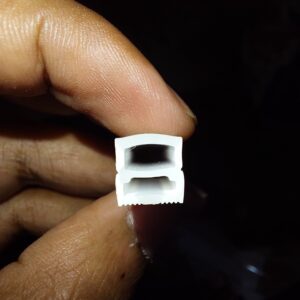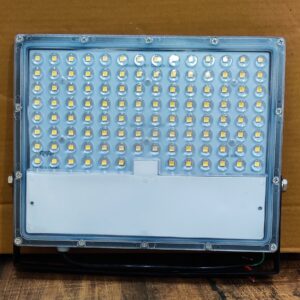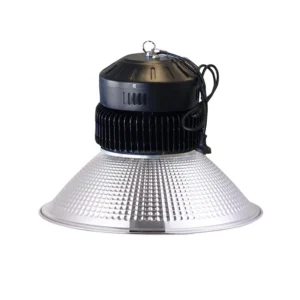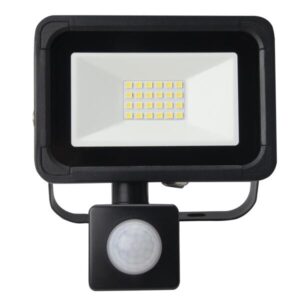
Introduction to Solar Street Lights
Street lighting has evolved significantly over the centuries, from basic oil lamps to the electric-powered lights we are familiar with today. In recent years, solar street lights have emerged as a revolutionary solution for public lighting, combining the benefits of renewable energy with advanced technology. Solar street lights harness the power of the sun to provide reliable, eco-friendly illumination for streets, parks, and public spaces. As urban and rural communities alike seek sustainable and cost-effective lighting solutions, solar street lights are becoming an increasingly popular choice.
How Solar Street Lights Work
Solar street lights are composed of several key components that work together to convert sunlight into electrical energy and provide consistent lighting:
- Solar Panels: These photovoltaic panels are responsible for capturing sunlight and converting it into electrical energy. The efficiency of the solar panels determines how effectively the system can generate power.
- Battery: The electrical energy generated by the solar panels is stored in a battery. This energy is then used to power the LED lights during nighttime or cloudy conditions when sunlight is not available.
- LED Lights: Light Emitting Diodes (LEDs) are the light source in solar street lights. LEDs are highly efficient, consuming less power while providing bright and clear illumination.
- Charge Controller: This component regulates the flow of electricity between the solar panels, battery, and LED lights. It ensures that the battery is not overcharged and prevents excessive discharge, thereby extending the lifespan of the battery.
- Pole and Fixture: The pole supports the solar panel and the light fixture. It is typically made of durable materials to withstand various weather conditions.
Benefits of Solar Street Lights
Solar street lights offer a range of benefits that make them an attractive option for public lighting:
- Environmental Benefits:
- Reduced Carbon Footprint: Solar street lights rely on renewable solar energy, reducing the reliance on fossil fuels and minimizing greenhouse gas emissions.
- Energy Independence: By using solar power, communities can reduce their dependence on the power grid and contribute to a more sustainable energy future.
- Economic Benefits:
- Cost Savings: Solar street lights eliminate electricity costs associated with traditional street lighting. Additionally, they require less maintenance, resulting in lower long-term operational costs.
- Low Maintenance: With fewer components prone to failure and advanced battery technology, solar street lights require minimal maintenance.
- Community Benefits:
- Enhanced Safety and Security: Well-lit streets and public spaces deter criminal activities and improve the overall safety of communities.
- Improved Public Spaces: Solar street lights can be installed in parks, playgrounds, and other recreational areas, enhancing the usability and aesthetic appeal of these spaces.
Technological Advancements
The development of solar street lights has been accompanied by significant technological advancements:
- Smart Features: Modern solar street lights often come with smart features such as automatic on/off sensors, dimming capabilities, and integration with smart city infrastructure. These features enhance energy efficiency and provide better control over lighting.
- Battery and Energy Storage Innovations: Advances in battery technology, such as lithium-ion batteries, have improved the storage capacity and lifespan of solar street light systems.
- Improved Solar Panel Efficiency: Technological innovations have led to more efficient solar panels, capable of generating more power from the same amount of sunlight.
Installation and Maintenance
Installing solar street lights is a straightforward process that involves several key steps:
- Site Assessment: Evaluate the location to determine the optimal positioning of the solar panels for maximum sunlight exposure.
- Foundation and Pole Installation: Set up the foundation and erect the pole to support the solar panel and light fixture.
- Component Assembly: Install the solar panel, battery, charge controller, and LED lights onto the pole.
- Wiring and Connections: Connect the components and ensure proper wiring for efficient power transfer.
- Testing and Commissioning: Test the system to ensure it operates correctly and provides adequate lighting.
Compared to traditional street lights, solar street lights have a simpler installation process and lower maintenance requirements. Regular checks and occasional cleaning of the solar panels are typically sufficient to ensure optimal performance.
Case Studies and Real-World Applications
Numerous cities and communities worldwide have successfully implemented solar street lights, demonstrating their effectiveness and benefits:
- San Diego, USA: The city installed solar street lights in several neighborhoods, significantly reducing energy costs and improving public safety.
- Cape Town, South Africa: Cape Town introduced solar street lights in informal settlements, providing reliable lighting and enhancing the quality of life for residents.
- Jaipur, India: The city implemented solar street lights in remote and rural areas, ensuring consistent lighting and reducing the burden on the conventional power grid.
Future Trends
The future of solar street lighting looks promising, with several emerging trends shaping the industry:
- Integration with Smart Cities: Solar street lights are increasingly being integrated into smart city infrastructure, allowing for remote monitoring, automated controls, and data collection for improved urban planning.
- Hybrid Systems: Combining solar street lights with other renewable energy sources, such as wind or kinetic energy, to create hybrid systems that ensure continuous power supply.
- Advanced Materials: The development of new materials for solar panels and batteries will further enhance the efficiency, durability, and cost-effectiveness of solar street lights.
- Expanded Applications: Beyond streets and public spaces, solar lighting is being adopted for other applications such as parking lots, pathways, and commercial properties, broadening its impact.
-
0716 Both Side Flexible Silicon Profiles | Made in India
Select options₹219 per m -
0808 Flexible Silicon Profiles | Made in India
₹124 -
0817 Side View Flexible Silicon Profiles | Made in India
Select options₹273 per m -
1.5M Hanging Wire
Original price was: ₹236.₹218Current price is: ₹218. -
100W 4FT LED Tube Jumbo Light
₹3,186 -
100W Flood Light Lens Model
₹1,640 -
100W High Bay Light
₹3,911 -
100W Motion Sensor Flood Light
₹3,068









